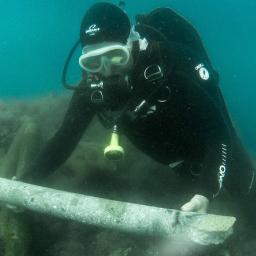Geopolymer concrete like the Romans
 Hackaday is reporting on an interesting advance in the science of producing geopolymer concrete:
Hackaday is reporting on an interesting advance in the science of producing geopolymer concrete:For all the things Romans got wrong (lead pipes anyone?) did you know we're still using a less advanced concrete than they did? Consider some of the massive structures in Rome that have passed the test of time, lasting for more than 2000 years. The typical concrete that we use in construction starts to degrade after only 50 years.
Researchers at Berkeley think they've finally figured it out with thanks to a sample that was removed from the Pozzuoli Bay near Naples, Italy. This could vastly improve the durability of modern concrete, and even reduce the carbon footprint from making it. The downside is a longer curing time, and resource allocation - it wouldn't be possible to completely replace modern cement due to the limited supply of fly ash (an industrial waste product produced by burning coal). Their research can be found in a few articles, however they are both behind pay walls.
Lucky for us, and the open source community at large, someone from MIT has also been working on perfecting the formula - and he's shared his results thus far.
Btw.... just kidding. ;-)